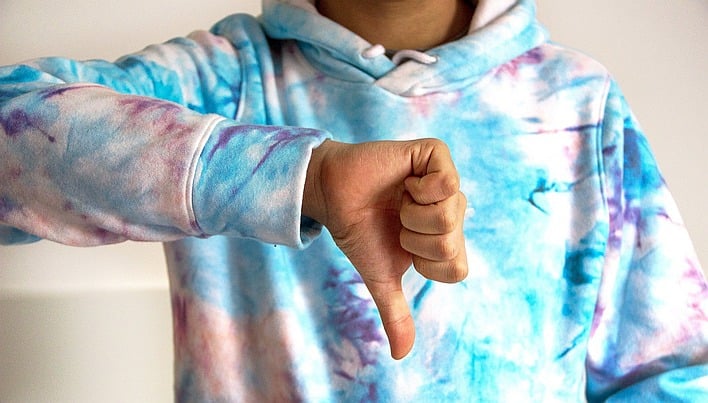Like Or Dislike? YouTube Starts Hiding Downvotes To Curb 'Dislike Attacks' Gaming Its Algo

A lot of people who say they "don't use social media" still use YouTube, despite its prominence as a social media platform itself. Just like any other social media service, YouTube relies heavily on tracking its users' likes and dislikes so that it can use that information to tailor advertising to viewers. Part of that is quite literal—when users "like" or "dislike" a video, it tells the system what kind of videos they enjoy.
Until today, the "like" and "dislike" count was publicly visible on YouTube videos. This served a number of purposes, both for viewers and for creators. Viewers could use the like/dislike ratio as an indicator of the quality of the video, or in the case of news stories and announcements, the audience's reaction to the story. Some people get a certain validation or satisfaction from knowing that their opinion either meshes with or goes against the grain of public opinion. Meanwhile, creators could point to high like/dislike ratios as evidence of the quality of their content.
Unfortunately, YouTube has elected today to hide the dislike count on all videos. The dislike button is hanging around, and users will still be able to mash like and dislike to help Alphabet tune its extensive profile of user preferences, if it wishes. It's simply that users won't be able to see how many dislikes videos collect. YouTube says it is doing this to somehow prevent "dislike attacks," where users "brigade" a video to increase its dislike count. The site also claims that this change will make YouTube somehow more "inclusive" and "respectful."
This writer offers a more cynical observation: many videos posted by official sources, such as large corporations, governments, and indeed YouTube itself, have acquired like-to-dislike ratios in excess of 1:1000. That's despite some channels' shady tricks, like deleting and re-uploading the video to clear pre-debut dislikes. YouTube itself controls the algorithm that suggests videos to users, so having a terrible ratio won't affect the visibility of these types of videos, but it looks bad on the surface, and YouTube probably wants to avoid being the instrument causing its corporate and government partners to lose face in the public eye.
It's not opt-in, either; this appears to be a permanent change that applies across YouTube whether you want it or not. YouTube says the roll-out of the feature removal will be "gradual," but it's already present on every video that we've checked.

